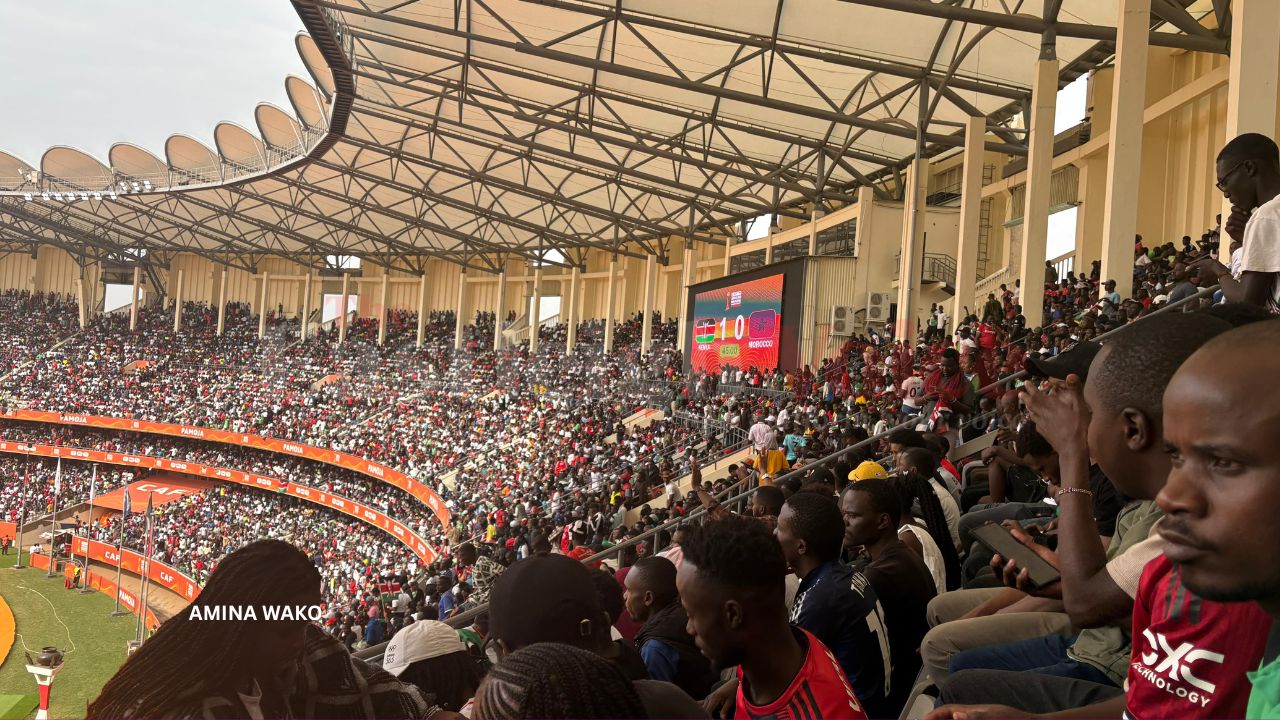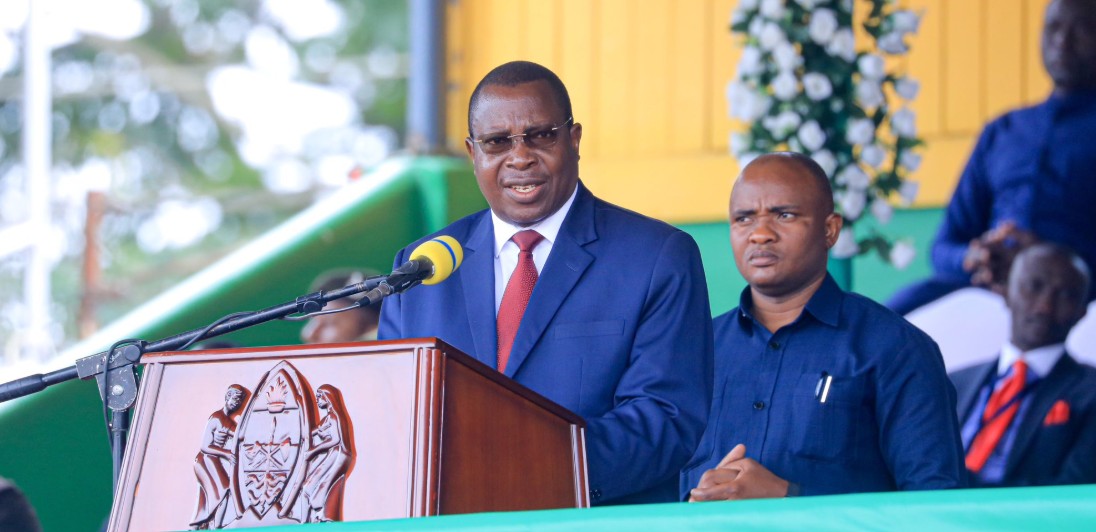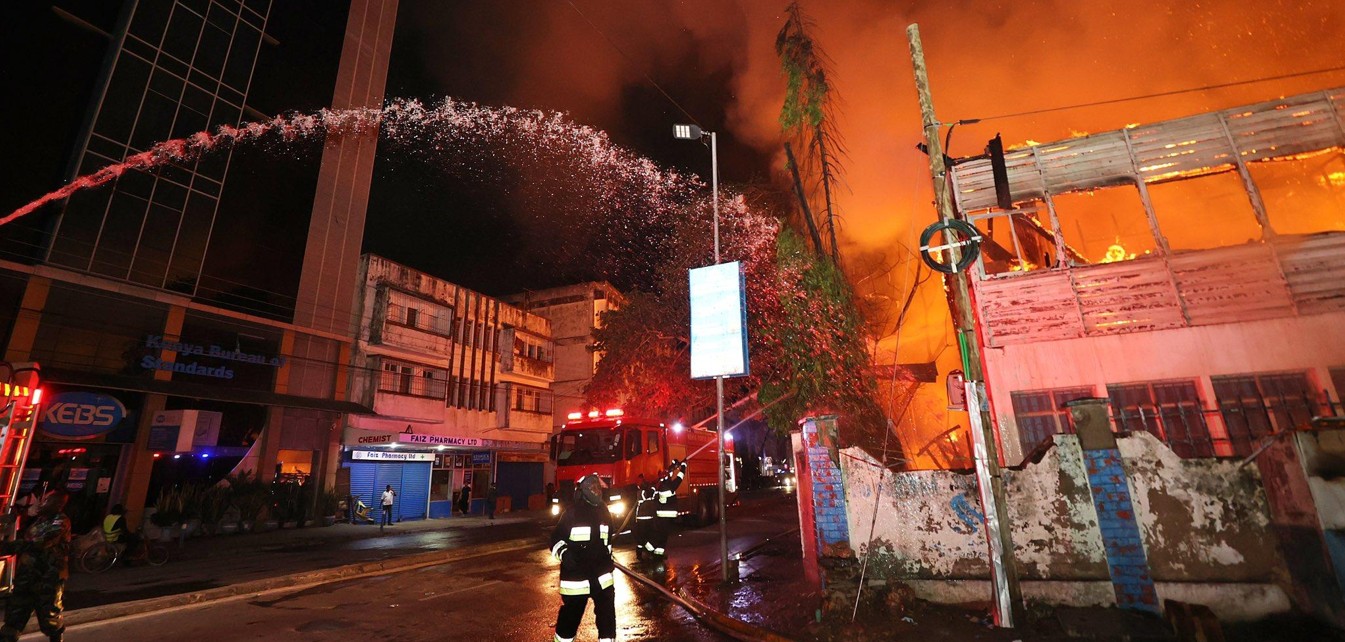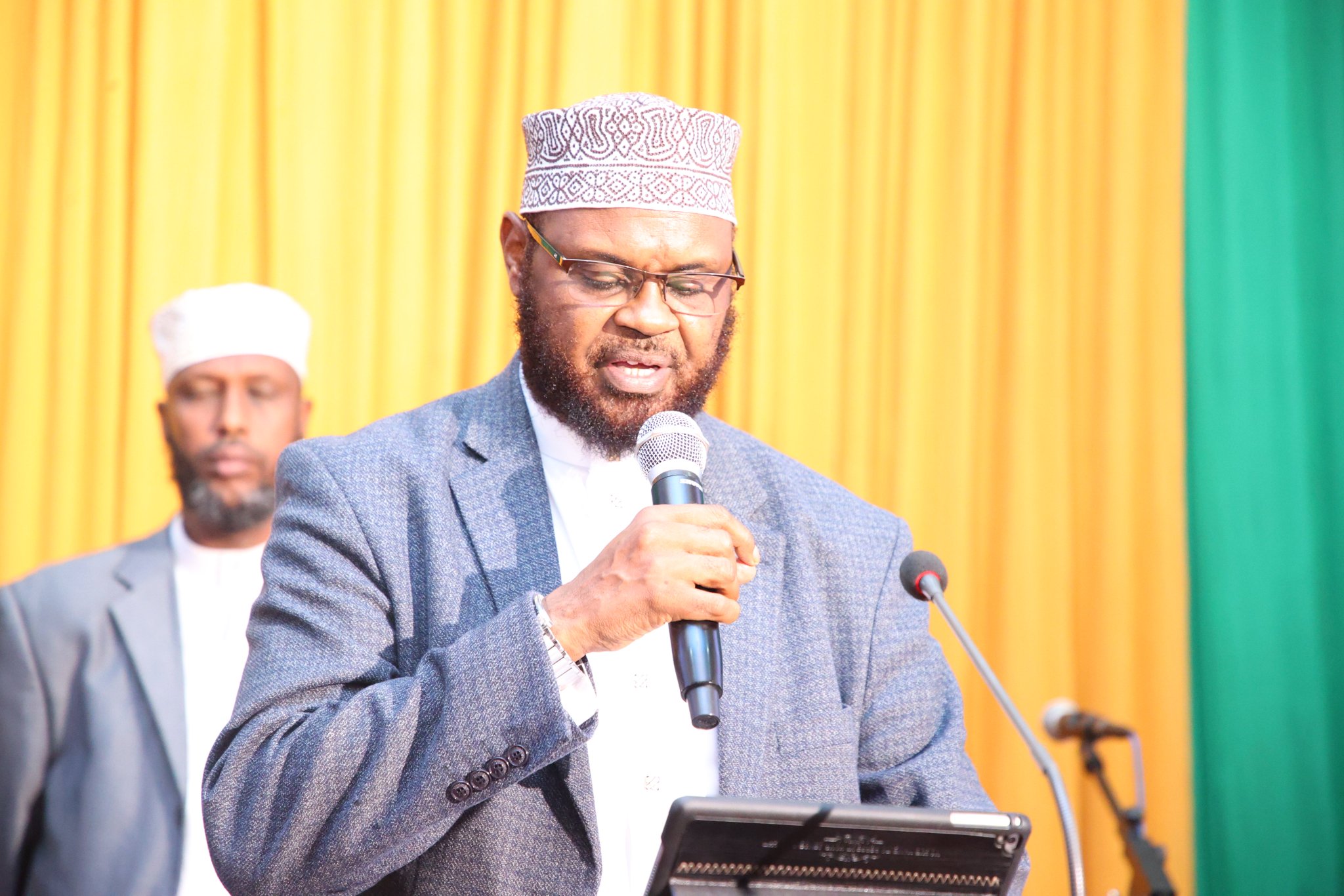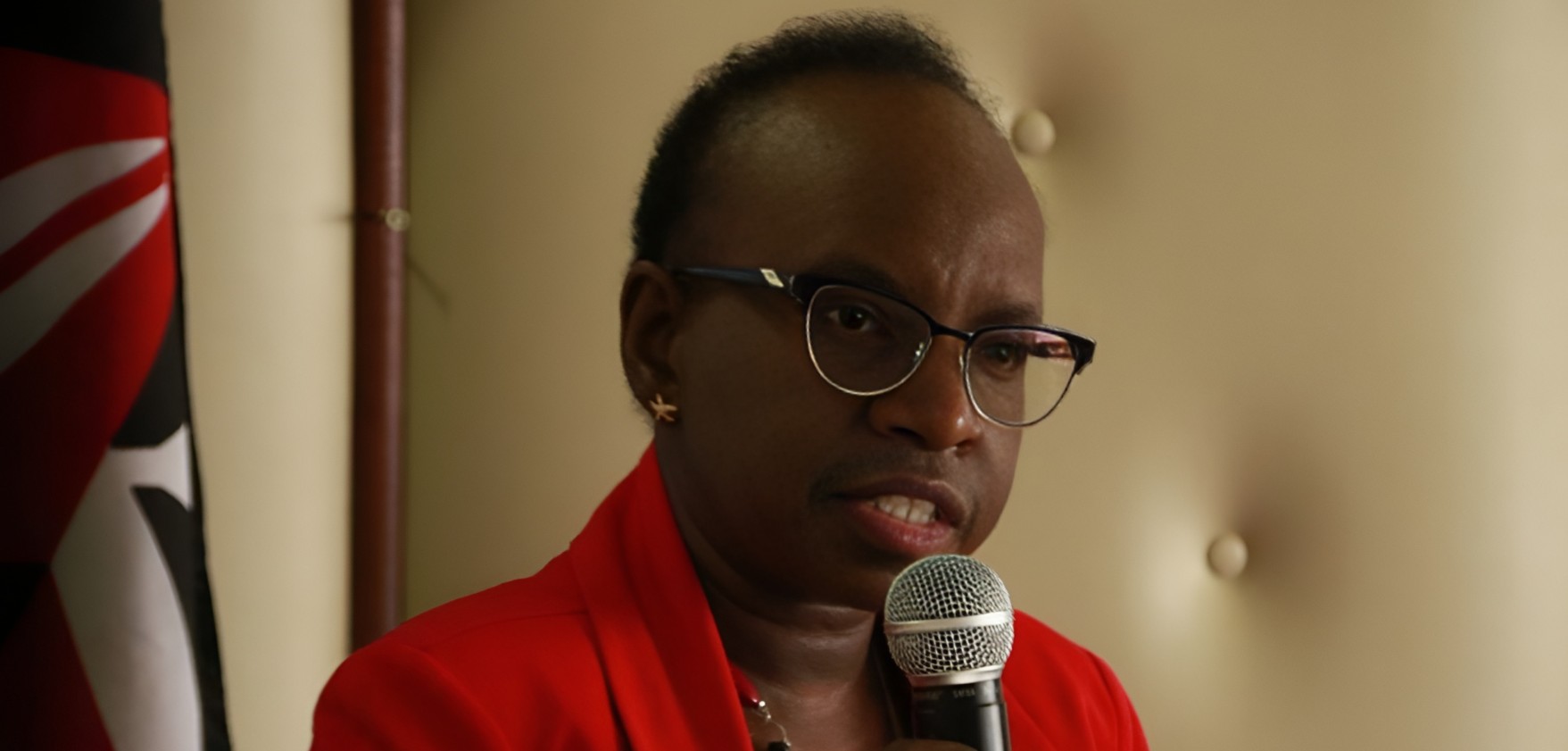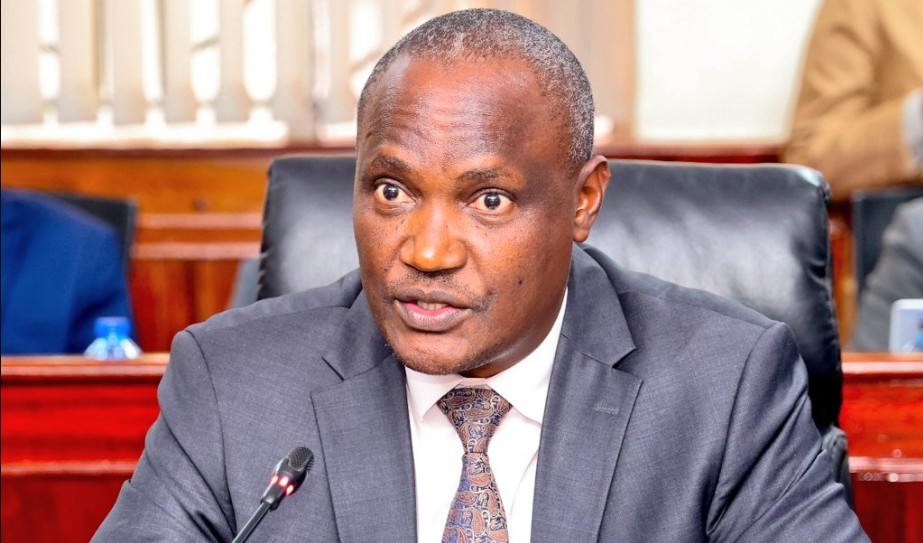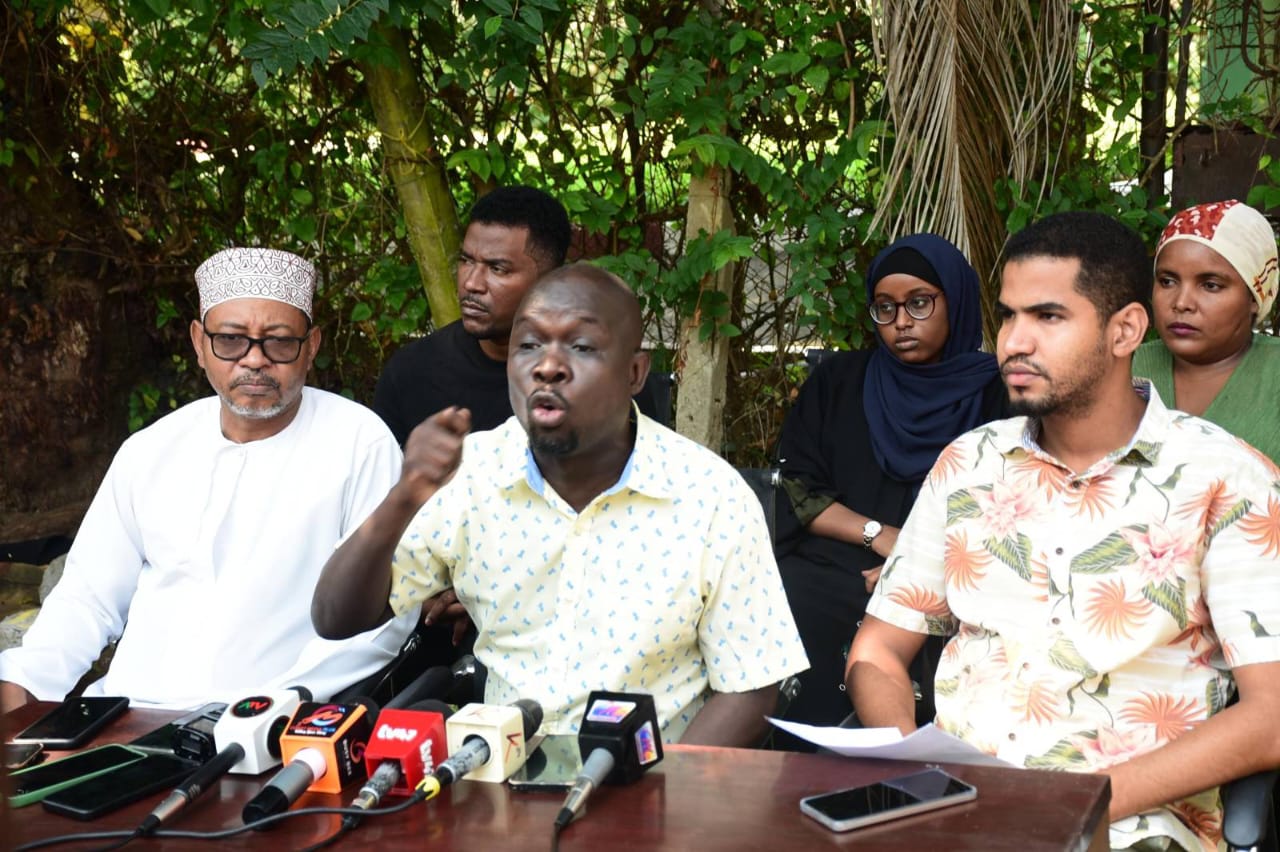National 2024 school census launched to assess education status
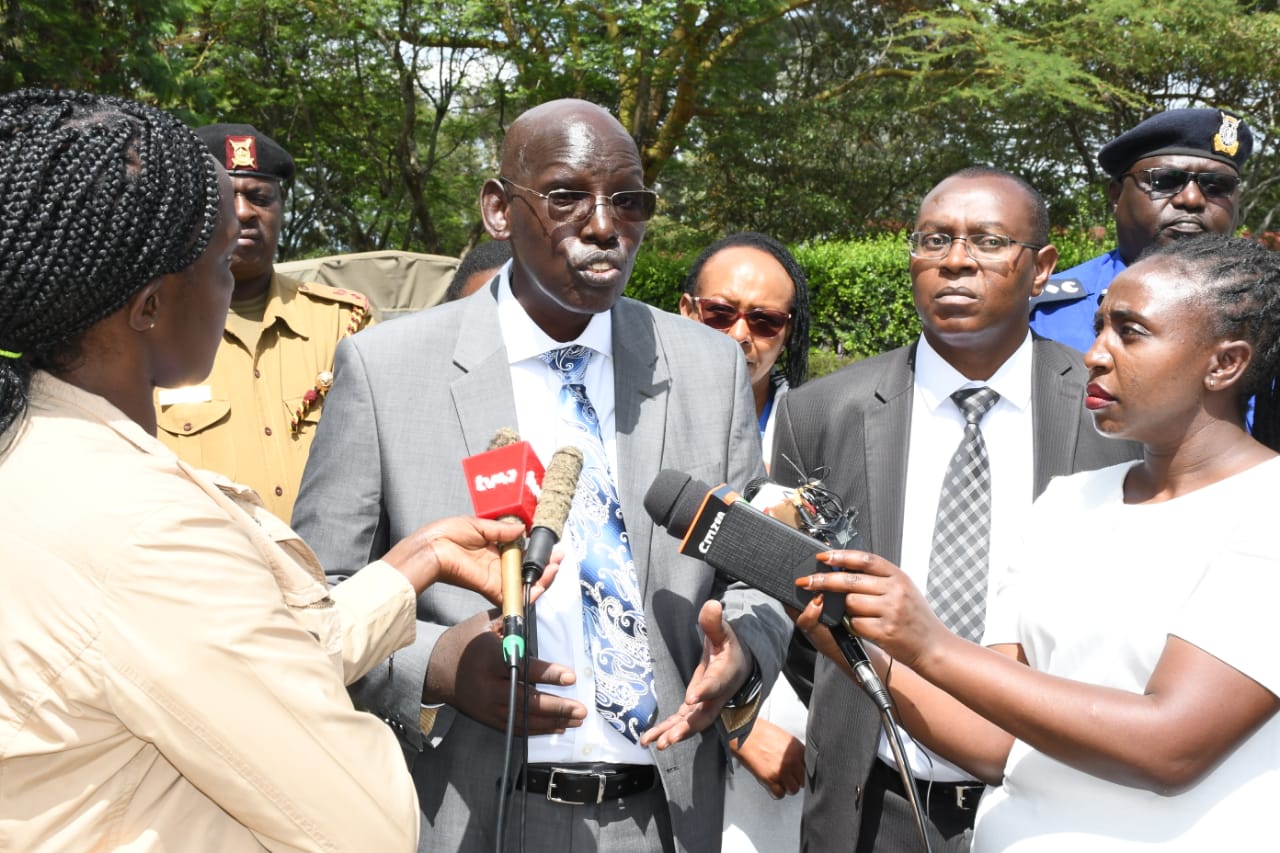
The 2024 school census will encompass all types of learning establishments, including pre-primary, primary, junior, and secondary schools, as well as special needs education units, in the public and private sectors, along with international schools.
The Ministry of Education, in partnership with the Kenya National Bureau of Statistics (KNBS), has launched the 2024 school census to catalogue all educational institutions nationwide and document vital information.
Speaking on Thursday at Moi Girls School in Nairobi, Education Principal Secretary Belio Kipsang emphasised that the collected data will be essential for decision-making, policy formulation, and resource allocation.
More To Read
- KUCCPS opens applications for diploma upgrade in teacher training
- Gatoto Primary alumni demand return of school to community after court win
- MoE reshuffles county education directors in latest shake-up
- Government slashes university fees to ease financial burden
- KNEC diverts rent savings to revive Mitihani House project whose construction started in 1986
- Senators demand answers over billions paid to ghost schools
Over the next 50 days, field workers will conduct surveys to gather data on students, their backgrounds, and the overall conditions of their respective schools.
The 2024 school census will encompass all types of learning establishments, including pre-primary, primary, junior, and secondary schools, as well as special needs education units, in the public and private sectors, along with international schools.
In addition to student demographics, the census will assess school facilities, staffing levels, and equipment, with a particular focus on capturing gender-specific data to address enrollment and employment disparities.
Various stakeholders, including the Teachers Service Commission (TSC), Kenya National Examinations Council (KNEC), Council of Governors (CoG), Kenya National Commission for UNESCO (KNATCOM), World Bank, UNICEF, and UNESCO, are actively participating in this initiative.
“It will be used in monitoring educational progress over time and planning for new schools, expansion of existing schools, and improving infrastructure in the institutions,” he said.
The exercise marks the second school census conducted in Kenya, following the initial one in 2007. Notably, it is the first comprehensive census involving multiple stakeholders, indicating a concerted effort to gather accurate and valuable data on the country's education landscape.
According to KNBS, school administrators are required to download and complete the Advance Questionnaires from the National Education Management Information System (NEMIS) website, ensuring thorough and accurate responses before submission for processing and storage by the statistics body.
According to a recent report by KNBS, the total number of schools rose by 4.9 per cent to 93,988 in 2023 from 89,615 in the 2022 school year.
In addition, pre-primary school enrollment saw a 2.0 per cent increase to 2,885.6, with both boys and girls showing growth of 1.2 per cent and 2.7 per cent respectively.
However, total enrollment in primary schools slightly decreased from 10,364.2 to 10,241.0 in 2023, while secondary school enrollment surged by 4.8 per cent to 4,109.5 from 3,920.3 in 2022.
The report also notes that the number of teachers in public primary schools also declined by 0.8 per cent to 219,727 in 2023, while that of public secondary schools and teacher training colleges increased from 124,992 in 2022 to 125,563 in 2023.
Top Stories Today

